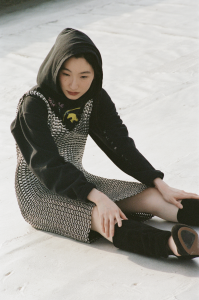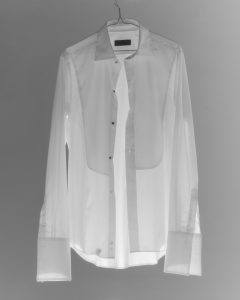Footwear designer Nic Galway and PORT’s fashion features editor David Hellqvist discuss the latest Adidas trainer and how the brand looked to the past to create the future
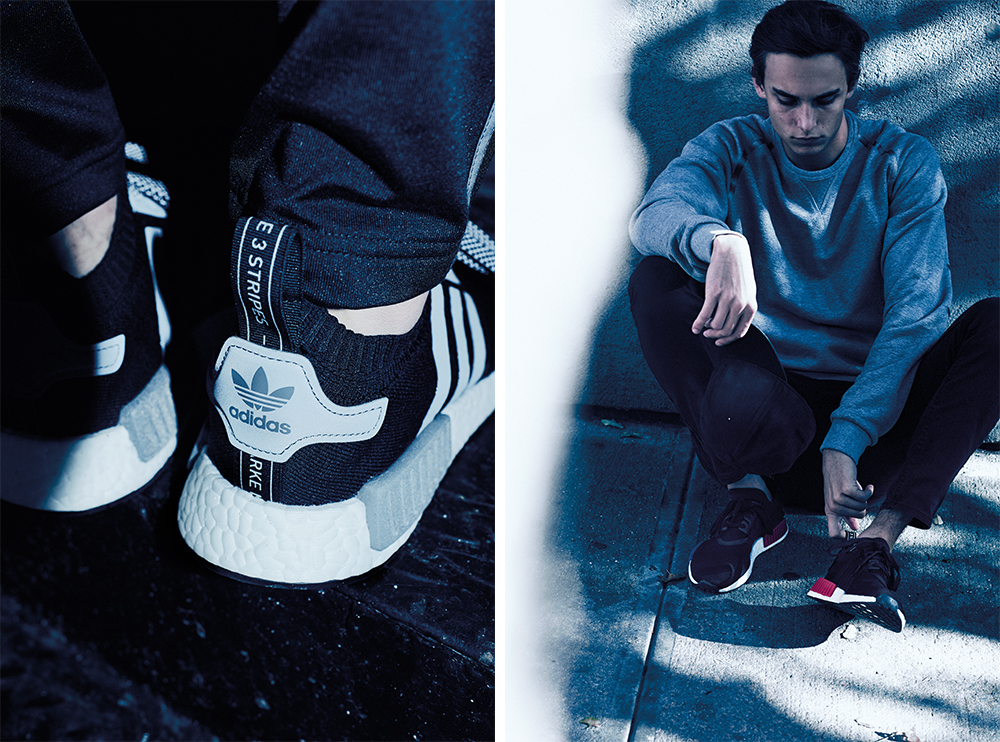
‘Heritage’ and ‘technology’ are equal buzzwords in 2015 – these days you need to attach at least one of them to your product to achieve blog coverage and sales. Adidas, the German sportswear company founded in 1949 by Adi Dassler in Herzogenaurach, is fortunate enough to be able to draw from both, putting them in a unique position in the ever-evolving and product-focused category of high-end fashion sportswear. It’s a relatively new form of consumerism and one that only has been around for about 15 years. Adidas and Japanese fashion designer Yohji Yamamoto pioneered it when they formed Y-3 in 2002.
Nic Galway, an Adidas designer since 1999, has played a vital part in developing Y-3, as well other high-tech Adidas products and countless high profile catwalk collaborations with the likes of Rick Owens and Raf Simons.
“When I joined Adidas we only made sport products, and fashion houses only made fashion product,” Galway says. “The birth of Y-3 was the moment in which it all started to change and I think some of the old establishments fell away and those who couldn’t adapt within those environments made way for a new generation. That happened in my industry and in the fashion industry, and we were part of that.”
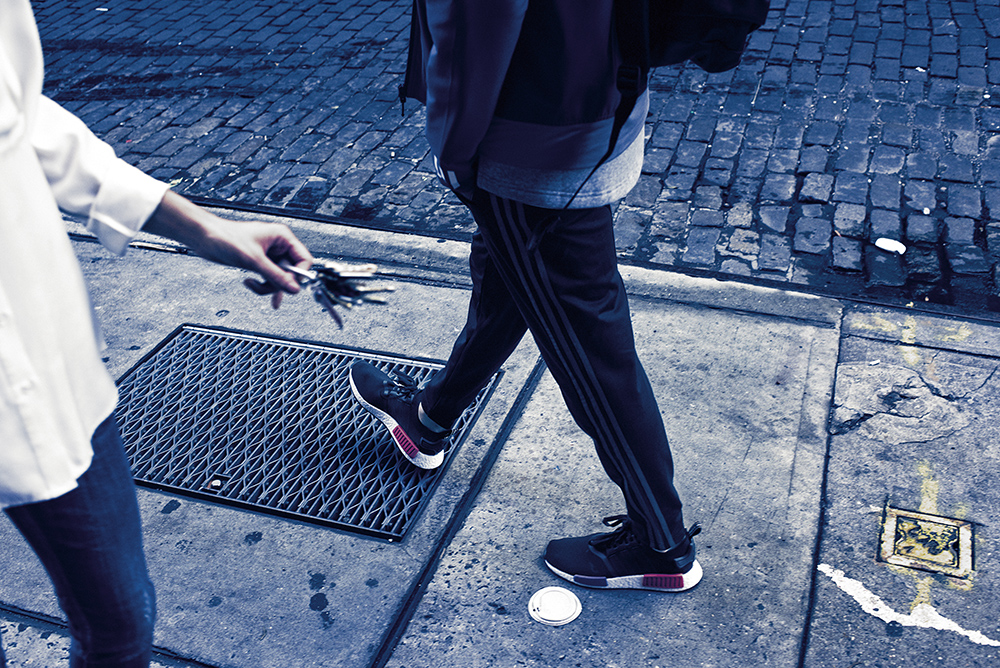
Galway is being modest. Adidas wasn’t just “part of it”, it’s a leading player in the field of fashionable sportswear – or sporty fashion, depending on whom you ask. Technology plays a big part here, as you can imagine. But whereas other brands will have to make due with some taped seams and Gore-Tex patches, Adidas is able to develop performance-enhancing and innovative footwear and apparel.
But it’s not alone in doing this of course: other brands have similar capacities, but few are as prolific as Adidas. There’s a constant stream of collabs, new capsule collections, sub-brands and new trainer styles developed in the secret labs of Herzo, and then pumped out to the awaiting market. How much of this do we really need? Well, far from all of it, but Adidas is just the enabler. It produces the trainers; it’s up to us to put them to use. The new Adidas NMD trainer, the reason I’m in New York talking to Nic Galway, is a point in case.

The NMD is not a running shoe, neither is it a retro trainer in the style of Converse Chuck Taylor (Read PORT’s story on the new Chuck Taylor All Star II) or another global Adidas success, the Stan Smith. It’s something in between. It’s a comfortable and versatile hi-tech trainer for everyday wear.
“I wanted the NMD to be a shoe that you want in your life. The Stan Smith, for example, has a level of innovation which is from a generation or two back. I wear them because I love them,” Galway explains. “But, I see the opportunity I get when I look out our archive. Those products were never meant to stand still. Everything in that archive was driven for wanting to improve, to make things better.”
This is where the heritage comes into play. Normally brands look to one style and merely update it, as with the recent Adidas Tubular series. In order to create the NMD, Galway picked out three trainers – the Micro Pacer, Rising Star, and Boston Super styles – from the mid 80s and mixed up the design and technology from all three.
“This is taken from a generation of trainers,” he tells me. “I really like the mid-80s, it was a time when technology was changing – not just in the shoe industry but in the world. Apple Macs were coming into our homes and someone in Germany said ‘let’s make a shoe with a computer on it’! That must have been a very bold decision because not many people had computers. It was so ahead of its time as we are only just seeing wearable technology coming through now.”
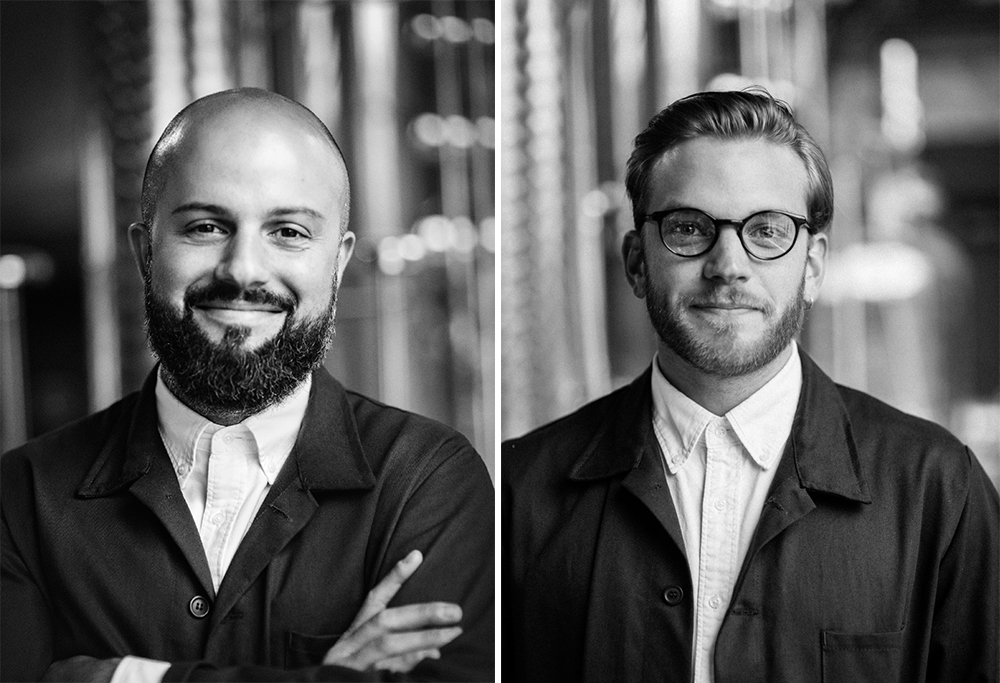
The last piece of the puzzle is the technology behind the NMD. The physical makeup of the line is very minimal: dissect it and you’re left with only a handful of parts. The upper is made of the sock-like Primeknit and the tooling consists of Adidas’ simple yet effective Boost sole unit. These are standard Adidas technologies by now, defining – either separately or together – most of the Adidas footwear output in 2015. For Galway they are signatures, though he calls them “collective memories”.
“If I think of a brand that I love, and one that has a rich history, and I ask myself ‘what is it about this brand that sticks in my mind?’… For me, that is the collective memory,” Galway explains. “If I think of a BMW, there are certain elements that I associate with their cars. I believe that Adidas has that certain design knowledge that people can picture. They might not be able to draw you how the shoe looked, but they will know what it looked like and they could probably explain that.”
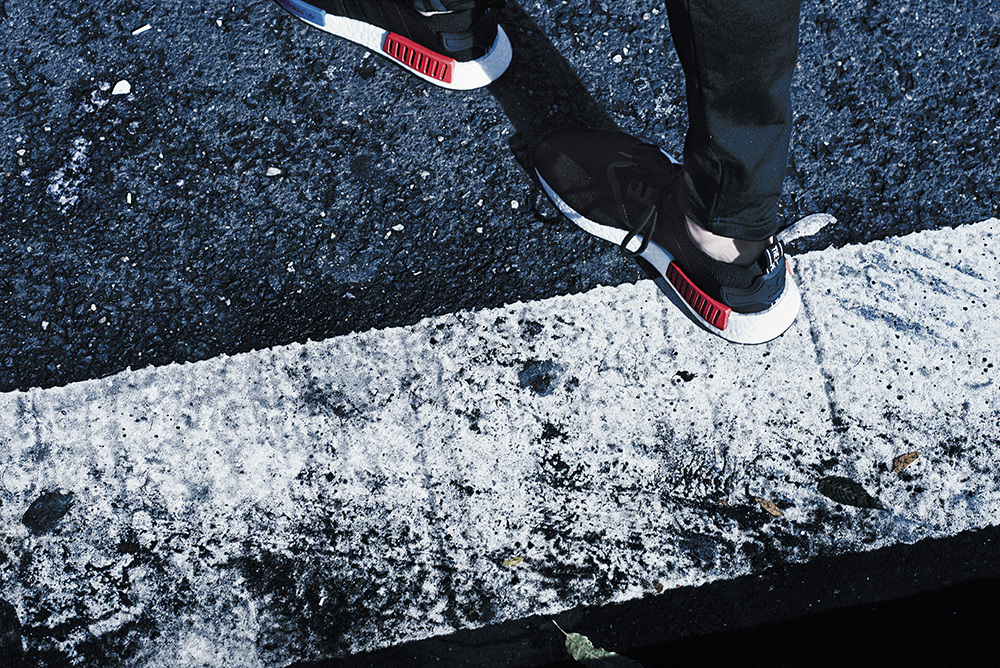
In today’s saturated sportswear market, the unique selling point is key. There are simply too many brands out there producing middle-of-the-road product that will have no impact on our lives. In order for us, as customers, to believe in a product, the brand needs to be able to explain the reason for me wanting and, more importantly, needing the shoe, jumper, trouser or jacket.
Does the NMD do that? Do I really need another pair of trainers? Only you can answer that question: the ‘need vs. greed’ ratio is a very personal equation. Suffice to say, the NMD trainer stands the test, at least in terms of how we began this conversation. Heritage and technology are fused beautifully into a new version of an old product… or products in this case. It has the capacity to work with you everyday and to enable you to go the places you want.
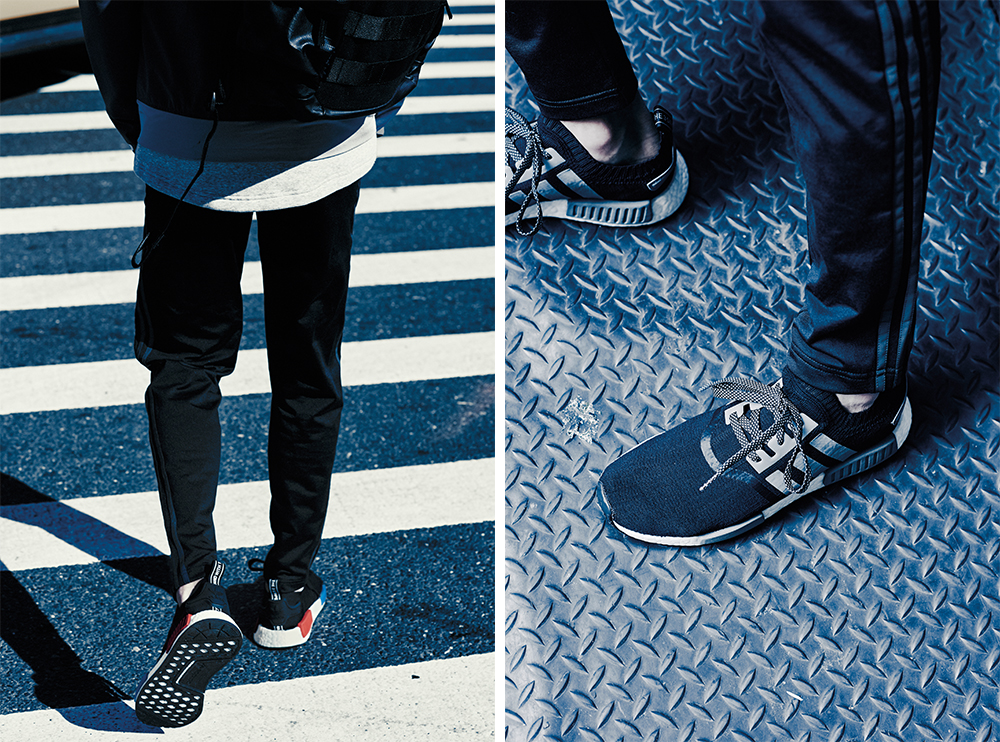
The NMD was intended to be built for everyday life, ready to tackle whatever situation you find yourself in. And For Galway, the purpose of the trainer is most tested when travelling. “I don’t want to have to carry one shoe that’s comfy and one that’s stylish…I want to combine that,” he says. “I want to sit on the plane and have a notebook because I don’t want to have to wait for something to start up or be told to turn it off. We’re talking about objects of meaning.”


